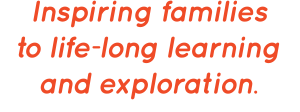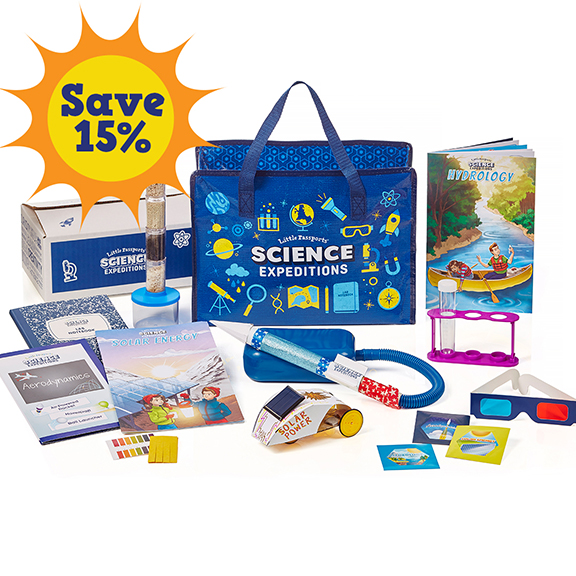Practical life is an area in the Montessori philosophy that encompasses, well, skills practical to everyday life.
They are a series of fine motor skills that include cleaning and caring for the environment as well as preparing food. These activities benefit the child because it develops control of movement and hand-eye coordination that form the basis for writing and cognitive skills. Practical life is sometimes referred to as daily living exercises.
Basic practical life exercises include pouring, spooning, transferring, lacing, buttoning, carrying equipment, washing hands, caring for the environment (sweeping, wiping a mat, watering plants), and so on.
In her book Montessori: A Modern Approach, Paula Polk Lillard comments that,
These exercises also develop an understanding of the process and order involved in a complete cycle of activity with a beginning, middle, and end.
In addition, as the first absorption with a precise activity, they begin the child’s development of concentration and inner discipline.
The integration of self and understanding of process that result from these exercises are important for any serious task the child will undertake (emphasis mine, 124).
In Montessori’s “Children’s House” practical life exercises started off the day: cleanliness, order, poise, and conversation. They started with checking the children’s cleanliness (due to that fact that the first “Children’s House” was in a slum) and then proceeded to check the shelves and work for cleanliness and order.
Poise exercises were incorporated in what most schools now call “circle time.” Children would sit cross-legged, rising to sing a hymn and then sit down again. This helps to teach the children that “it is not necessary to be noisy” when moving and they can move about the classroom with care (The Montessori Method, 123).
After these exercises in grace were conducted, the directress begins a conversation with the children asking them about the previous day, how they might have helped someone, their attitude toward their parents, etc. The children are engaged in respectful conversation that also encourages “the unfolding or development of language and are of great educational value” (124).
Practical life exercises are very easy to incorporate into your home. They’re probably already activities your child does or attempts to mimic you doing them!
In the next week I’ll be sharing how we incorporate practical life exercises into our everyday activities, such as cooking, cleaning, and care of self.































2 comments… add one
Hi,
I am currently studying Early Childhood and Development in Ireland and am in the process of completing the Montessori Module on Early Learning Environment. I am finding it difficult to get a detailed description of the Dusting Practical Life Activity in the Care of the Environment (to include Control of Error and Language development). It is one that I have practised with some children, but I am not quite sure what the Control of Error should be? Should be Teacher Directed? Is the language development the use of words ‘duster’, ‘clean’? I just cannot seem to find a detailed description of this activity anywhere. I would really appreciate your assistance on this if you can spare the time?
I would like to thank you for taking the time to read this and hopefully respond.
Kindest regards,
Martina
Concentration and inner discipline! That’s what so many people don’t realize about Practical Life activities. They aren’t menial tasks or age-inappropriate chores.